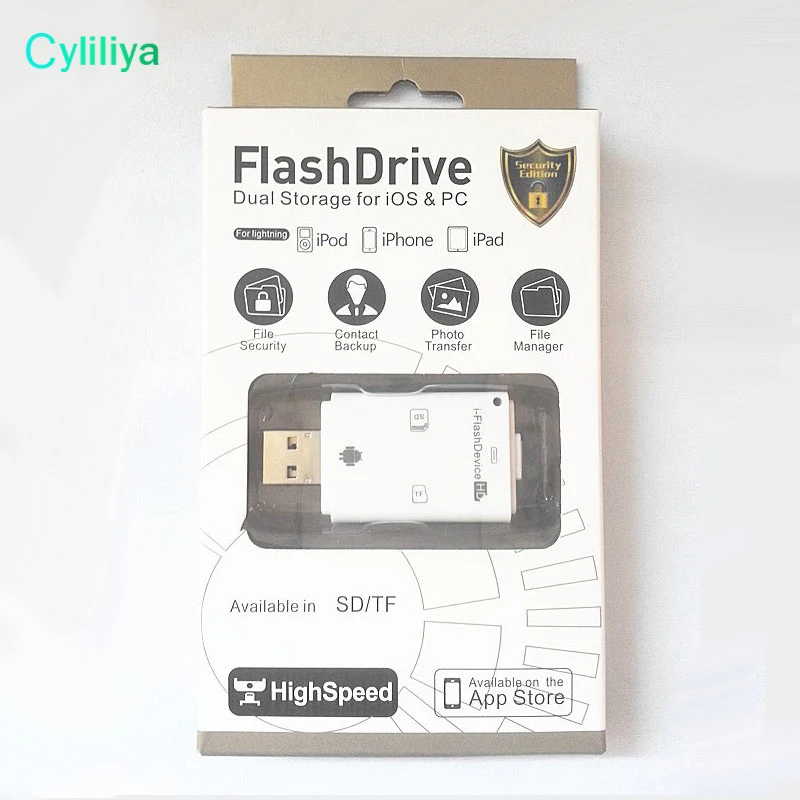
If you have multiple devices plugged in, it will recognize them as well as your flash device, so your output will most likely look very differently than mine. * note* My system only has one USB device plugged in. Yours will most likely have a different name, so look for the name of your flash disk’s manufacturer in the output. This information tells me that the system recognized one USB device named “M-Systems Flash Disk Pioneers DiskOnKey” That is good. linux:/home/jason # lsusbīus 002 Device 003: ID 08ec:0010 M-Systems Flash Disk Pioneers DiskOnKey This is normal, and makes your computer more secure.)Īfter you’ve become root, enter the following command into the same terminal window to see if your computer has recognized the flash drive you plugged in. (You won’t see any typing on the screen when you enter your password. When it asks for your password, enter the root password. To become the root user, type in the following commands. This user is the only one which can access the commands to manually mount your drive. Some newer models also have some ports on the front panel.Īfter you’ve plugged it in, you’ll want to open a terminal window and become the “root” user. These usually are found on the back-side of your computer. Plug in the flash drive into one of the USB ports on your computer.


The second way we’ll explain should be used if you plan on using your flash drive on a more regular basis. The first way we’ll describe should be used if you are going to rarely mount your drive, or only mount it once. There are two ways to manually mount your flash drive in Linux. * note* Before you begin trying to do this manually, make sure Linux has not all ready mounted your drive to your Desktop automatically.


 0 kommentar(er)
0 kommentar(er)
